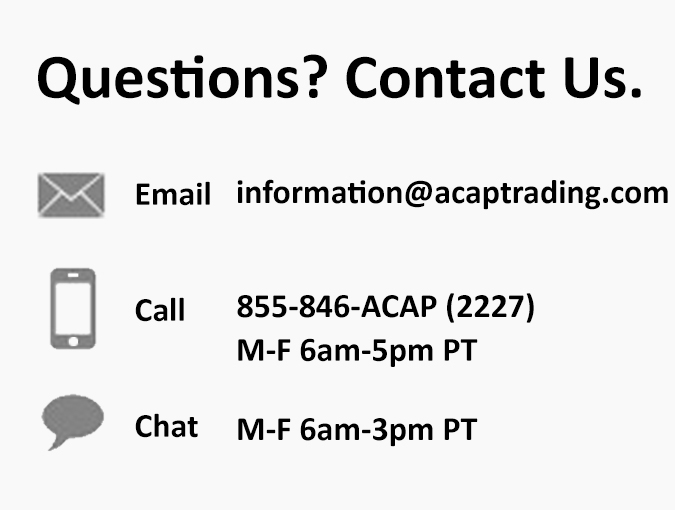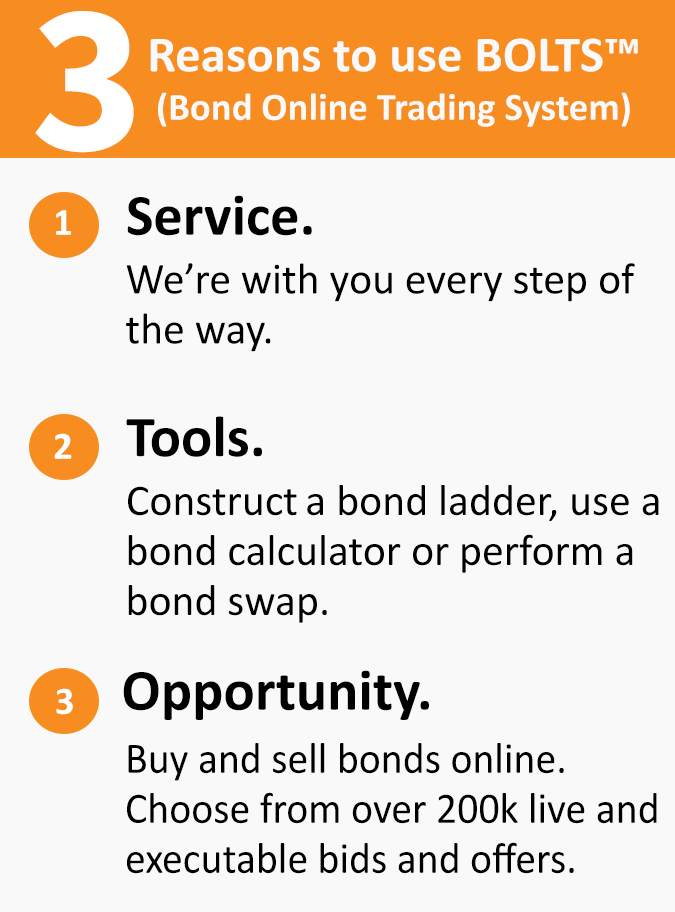Business Retirement Accounts
Self-Employed 401(k)
Self-employed 401(k) accounts offer retirement planning benefits for self-employed individuals and owner-only businesses and partnerships. These plans allow for higher contribution amounts and more flexibility on contribution time limits than many other type of retirement options. Self-employed 401(k) plans provide the opportunity to benefit from tax-deductible contributions and tax-deferred growth, with the added benefit of pre-tax salary deferrals.
Individual 401(k)
A 401(k) plan is a salary reduction plan that is offered by employers. It offers tax deferred benefits for your retirement investments. You contribute a percentage of your pretax income each pay period to your 401(k) and choose specific investments from among those that are offered by the plan.
Defined Benefit Plan
These plans tend to be well-matched for owners of small, profitable businesses, who are closer to retirement age and would like to catch up on their savings. Generally the owner is at least fifty years old or within 10 years of retirement. One main limitation is that you’re locked into the program once it’s started, and it requires an additional expense to maintain the plan with the IRS and the Department of Labor. Contributions in 2015 can result in a retirement benefit of no more than 100% of the average pay during the three highest-paid income years or $210,000.
Money Purchase Plan
A Money Purchase Pension Plan is a type of defined-contribution plan that is similar to a profit-sharing plan. It allows a company to make annual contributions that are not tied to profits. Employer contributions are mandatory, and are limited to 25% of total compensation, up to $53,000.
Profit Sharing Plan
A plan that enables you to distribute profits in profitable years according to a formula set by the employer ahead of time. This is a great way to give employees a sense of ownership in the company. The company decides what portion of the profit is to be shared. There are restrictions as to when and how an employee can withdraw these funds without penalties. Best suited for businesses with fluctuating profits and employee turnover. Contribution limit is the lesser of 25% of compensation or $53,000.
SEP (Simplified Employee Pension)
Simplified Employee Pension plans (SEPs) are pension plans designed for self-employed individuals and small-businesses owners. With these plans, there are few requirements to file with the IRS. Contributions are made by the employer only and are tax deductible as a business expense. The 2015 maximum contribution is $53,000 or 25% of income (20% for self-employed income). Full contributions can be made in profitable years, and cut back in others.
Keogh Plan
A Keogh Plan is a tax deferred pension plan available to self-employed individuals or unincorporated businesses for retirement purposes. A Keogh plan can be set up as either a defined-benefit or defined-contribution plan, although most plans are defined contribution.
SIMPLE (Savings Incentive Match Plan for Employers)
A SIMPLE IRA plan provides small employers with a simplified method to contribute toward their employees’ and their own retirement savings. Employees may choose to make salary reduction contributions and the employer is required to make either matching or nonelective contributions. These plans are comparatively inexpensive, and combine a possible employer match to the employee contributions. The employer is allowed a tax deduction for contributions made to the SIMPLE. Yearly contributions cannot exceed $12,500, plus an additional catch-up contribution of $3,000 for employees 50 and up.
Contact Us:
To find out more about business retirement accounts, either call our office at (855) 846-ACAP, fill out our brief contact form or email us at [email protected].



